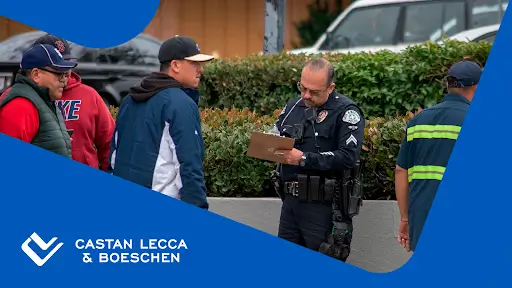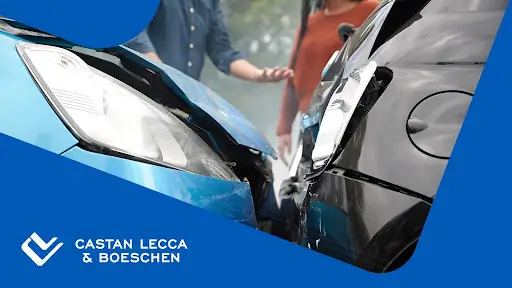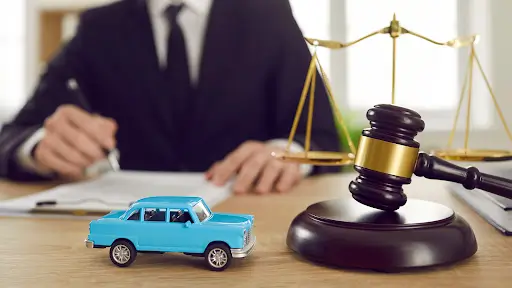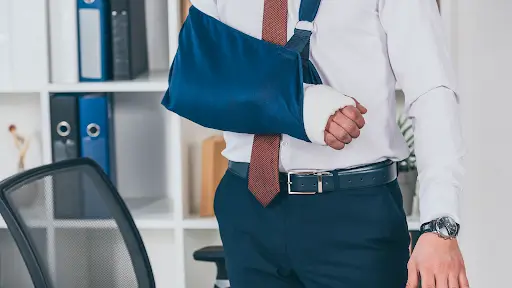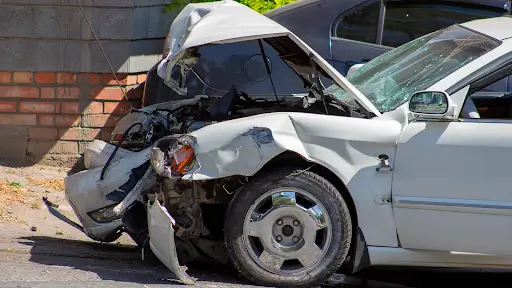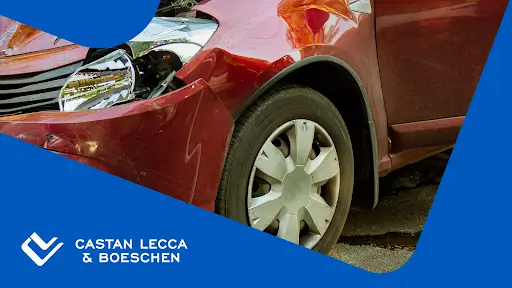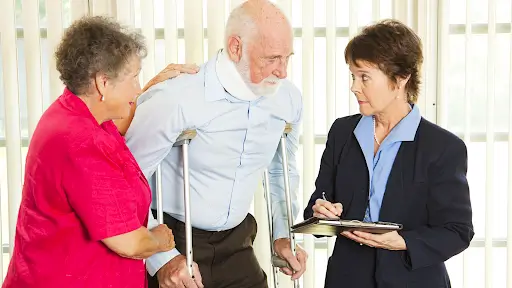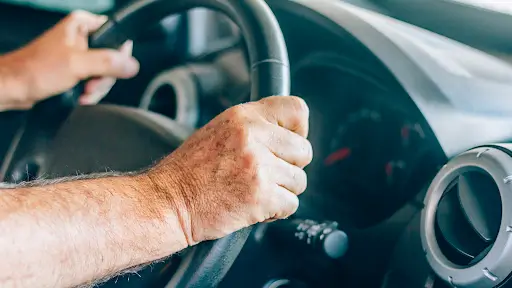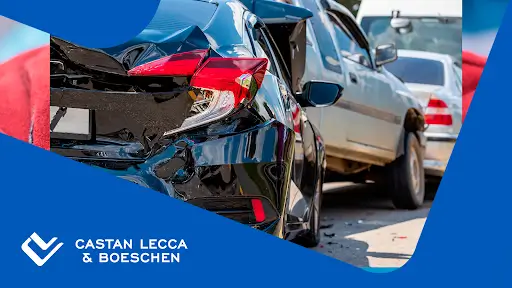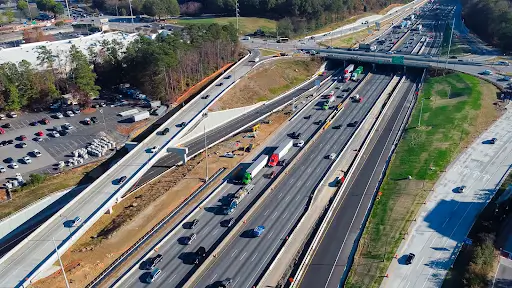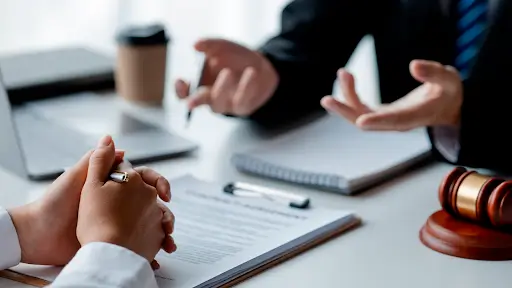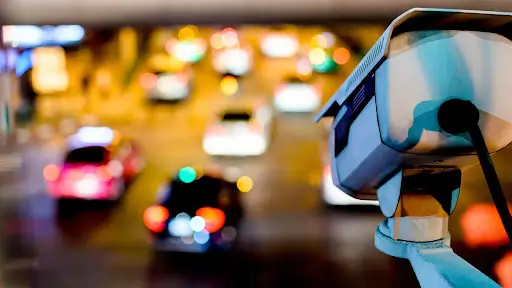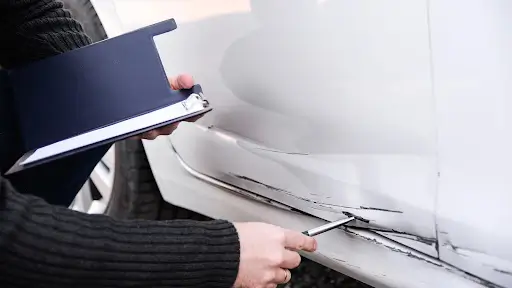Are There Time Limits to File a Personal Injury Claim in Atlanta?
Are There Time Limits to File a Personal Injury Claim in Atlanta?

Navigating the aftermath of an accident can be a tumultuous time, filled with recovery, adjustments, and, inevitably, concerns about the legal steps necessary to secure compensation for your injuries.
In Atlanta, as in the rest of Georgia, understanding the statutory time limits, also known as the statute of limitations, for filing a personal injury claim is crucial. These legal deadlines are designed to ensure fairness in the litigation process, preventing the indefinite threat of lawsuits and encouraging the timely resolution of disputes.
Going over the time limit allotted to begin a claim for personal injury may cause your case to be completely invalidated by Georgia Law. So it’s best to play it by the book and always act as soon as possible with the representations of professional legal experts.
In this blog post, Castan Lecca & Boeschen will describe all the nuances of the statute of limitations in Atlanta. We will also offer the services of our exceptional team of lawyers, always providing superior results to all those who seek legal counseling!
What Is The Statute of Limitations in Atlanta?
In Atlanta, the statute of limitations for most personal injury claims is two years from the date of the accident. This means that if you’ve been injured, whether in a car accident, a slip-and-fall incident, or any other situation where another’s negligence caused you harm, you have two years to file a lawsuit against the parties you believe are responsible.
Failing to file within this timeframe generally means you lose the right to sue for compensation for your injuries. This is the main reason everyone should always act promptly whenever they are faced with a personal injury claim.
However, it’s important to note that there are exceptions and nuances to this rule that can extend or shorten this period in specific circumstances. For example, claims against a city, county, or state government agency may have different notification and filing deadlines, often requiring action within just a few months of the incident.
Why Timeliness Matters?
Adhering to the statute of limitations is critical for several reasons:
- Preservation of Evidence: Over time, evidence may become harder to locate or less reliable. Filing promptly helps ensure that all relevant evidence is available and can be effectively used in your case.
- Witness Recollections: Similar to evidence, the memories of witnesses can fade over time. Swift action can help secure accurate witness statements that support your claim and are less likely to be refuted by third parties.
- Peace of Mind: Timely filing allows you to move forward in your recovery process, knowing that your legal affairs are being addressed while you focus on healing your injuries and managing other important issues.
Exceptions and Considerations
While the two-year limit is the standard, several exceptions could impact your case:
- Injury Discovery: In cases where the injuries were not immediately apparent, the statute of limitations may begin from the date the injuries were discovered or reasonably should have been discovered.
- Minors: If the injured party is a minor, the time limit to file a claim may not start until they reach the age of majority (18 years old in Georgia).
- Mental Incapacity: If the injured party is mentally incapacitated, the statute of limitations may be paused until the incapacity is resolved.
All cases are different, and it is essential to be aware of all the factors that could change the statute of limitations, extending or reducing the established two-year limit. This is why it’s so important to have skilled legal counsel by your side, so nothing ever pops up unexpectedly and turns your whole case upside down.
Navigating the Legal Process
Understanding and navigating the statute of limitations can be complex, highlighting the importance of consulting with an experienced personal injury attorney in Atlanta. An attorney can help you understand how the statute of limitations applies to your specific situation, explore any exceptions that might extend your filing deadline, and ensure that your claim is filed in a timely and effective manner.
If you’re looking for a professional team of personal injury lawyers, count on Castan Lecca & Boeschen to be by your side during these hard times. We always provide superior results thanks to the hard work of our exceptional attorneys who work nonstop to bring justice to your case.
And remember, the path to recovery after an injury is not solely physical; it’s also legal and financial. Being aware of and respecting the time limits for filing a personal injury claim in Atlanta is essential for preserving your right to seek justice and compensation.
With the right information and legal support, you can navigate these deadlines confidently, focusing on your recovery while your legal team focuses on securing the compensation you deserve.
Are you interested in knowing more about the process you should follow when facing a personal injury case? Read more on it here!
If you or anyone you love needs legal representation, call Castan Lecca & Boeschen today for a free consultation! 678-825-3611.



